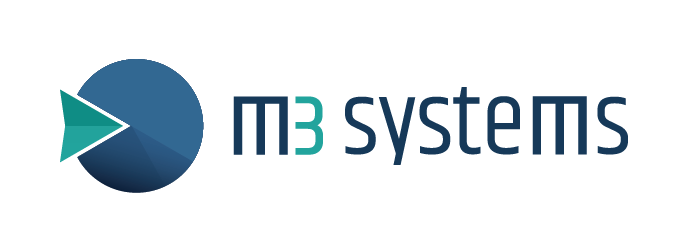
M3 Systems won a call for projects launched by the European GNSS Agency (GSA) on the development of a new generation of low cost GNSS stations in collaboration with the companies SpaceExe, Yetitmoves and Teria:
This is the GREAT (Next Generation GNSS REference stATions) project.
Currently, GNSS reference networks are costly infrastructures that need specialized equipment and high costs for installation and maintenance. Nevertheless, a large number of new applications, highly demanding in terms of positioning accuracy (such as autonomous driving), would need to receive real-time differential corrections from reference stations that are 15 km maximum far away.
In this context, the density of the GNSS networks could become a key factor for the development of innovative services. It appears that in the few last years some chipset manufactures started delivering low cost multi-constellation dual frequency GNSS chipsets similar to the state-of-the art professional GNSS receivers.
The concomitance of the need for higher density GNSS network and of the availability of new multi-constellation multi-frequency GNSS chipsets has created the opportunity of this project named GREAT.
The purpose of the GREAT project is the development, test and demonstration of the next generation of low-cost GNSS reference stations, which guarantee performance comparable to the ones of current geodetic grade stations but with costs lower than the present standards. M3 Systems will be in charge of the performance test and validation of the system. It implies the design and development of testing tools and scenarios, the realization of the tests, and the results analysis.
Moreover, the GREAT reference stations will implement the following set of peculiar and innovative differentiators:
- Fully autonomous and infrastructure-less solutions
- OS-NMA antispoofing capabilities in the receiver
- Blockchain-based secure and traceable data flow
- IMU hybridization for the detection of abnormal movements, the monitoring of vibration and to further improve the antispoofing capabilities.
The result of the project will be a close-to-market new generation GNSS reference station.

